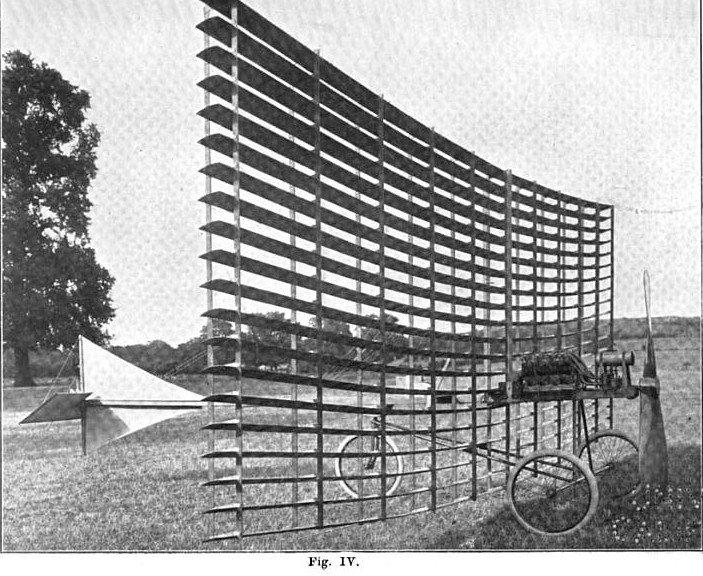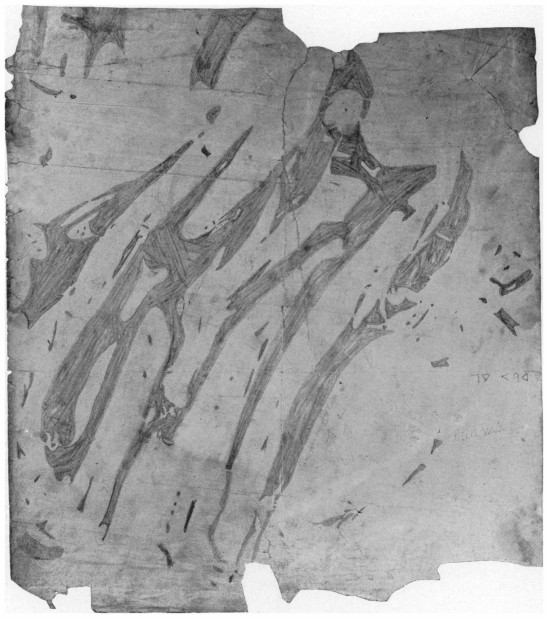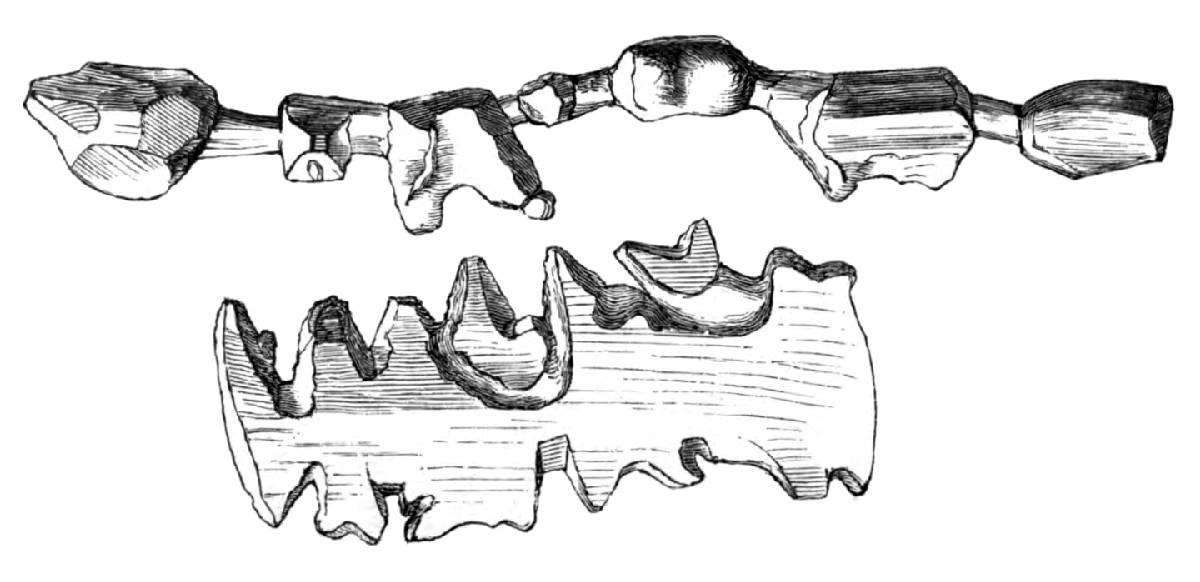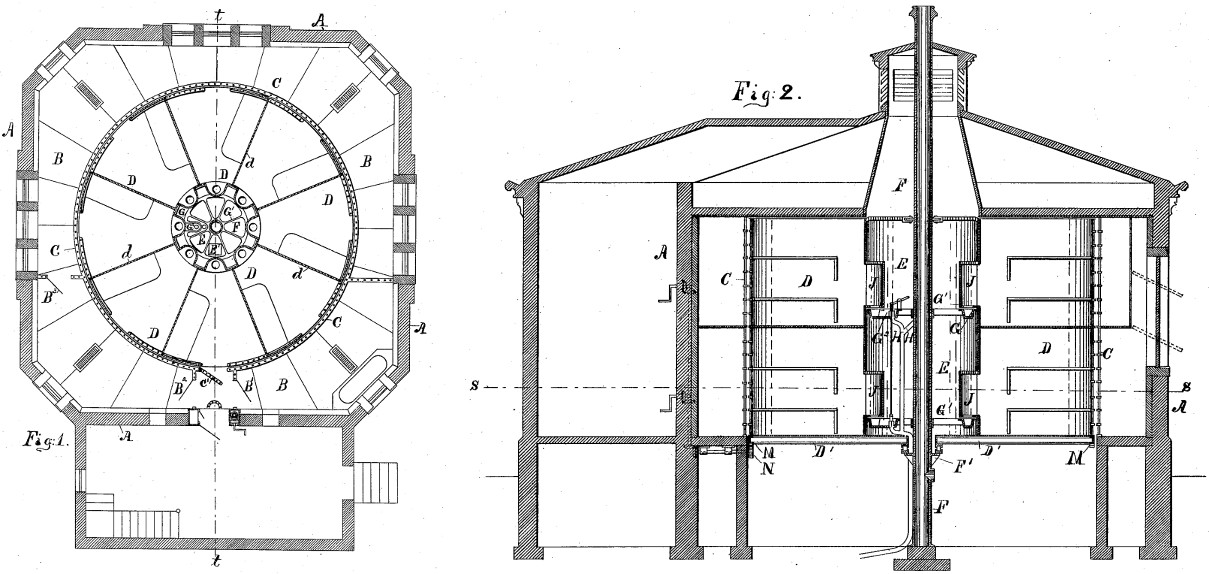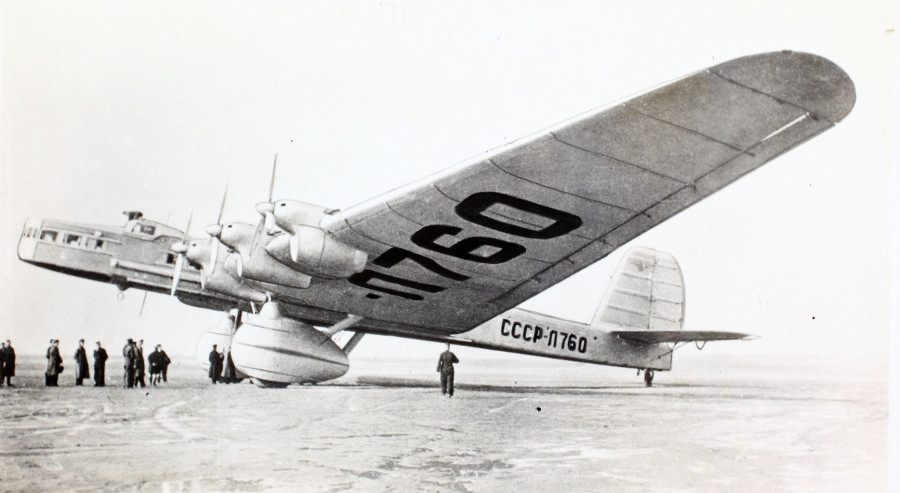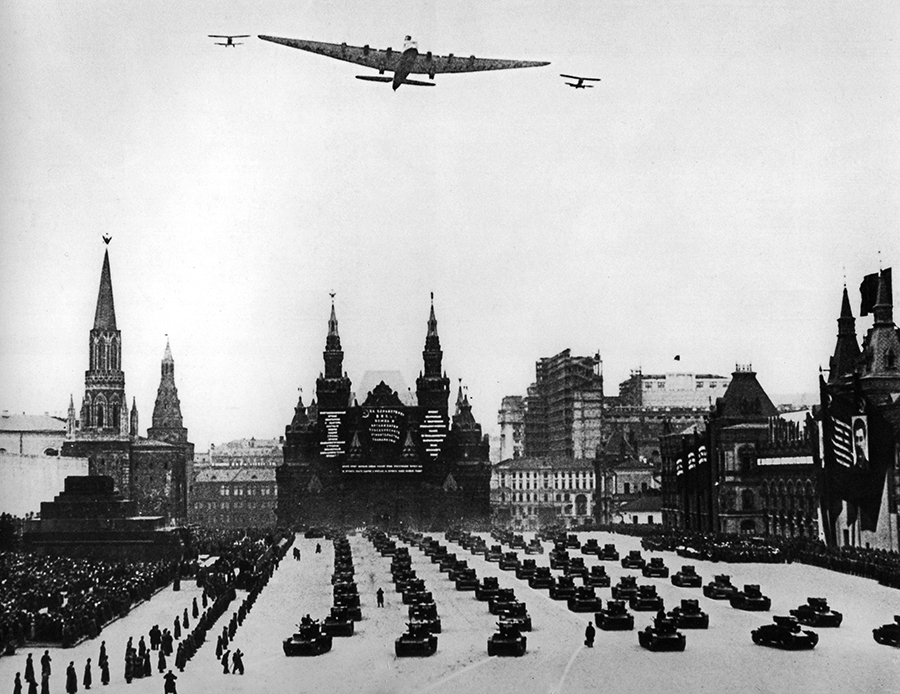In September 1970, cybernetic sculptor Edward Ihnatowicz unveiled a remarkable piece of robotic art at a Dutch science museum. Standing 8 feet high at the shoulder and “resembling a giraffe or dinosaur,” the Senster was basically a mechanical lobster claw mounted on a six-jointed neck actuated by quiet hydraulic rams. Using an array of microphones, the creature would turn its head in the direction of a sound, its speed proportional to the volume. If the direction of the sound source remained constant, the rest of the body would gradually follow, making the “animal” appear to home in on the sound. It would shy away from loud noises, and at overwhelming sound levels it would raise its neck vertically and “disdainfully” ignore further sounds until the volume came down. Doppler radar units enabled it to detect the motion of visitors; it was attracted toward small motions but “frightened of sudden movements.” All of this ran on 8K of core memory, but Ihnatowicz found that visitors quickly imputed an animal-like intelligence to the sculpture, and the atmosphere of the exhibit was much like that at a zoo:
In the quiet of the early morning the machine would be found with its head down, listening to the faint noise of its own hydraulic pumps. Then, if a girl walked by, the head would follow her, looking at her legs. Ihnatowicz describes his own first stomach-turning experience of the machine when he had just got it working: he unconsciously cleared his throat, and the head came right up to him as if to ask, ‘Are you all right?’ He also noticed a curious aspect of the effect the Senster had on people. When he was testing it he gave it various random patterns of motion to go through. Children who saw it operating in this mode found it very frightening, but no one was ever frightened when it was working in the museum with its proper software, responding to sounds and movement.
MIT roboticist Rodney Brooks later suggested that intelligent behavior can be achieved when sensory signals are mapped as directly as possible to motor signals through a large number of loosely coupled processes, with minimal internal processing. The Senster wasn’t updating an internal model of the world; it would simply turn its head toward a sound, but its behavior struck visitors as intelligent.
(Aleksandar Zivanovic, “The Technologies of Edward Ihnatowicz,” in Paul Brown et al., eds., White Heat Cold Logic: British Computer Art 1960-1980, 2008.)


